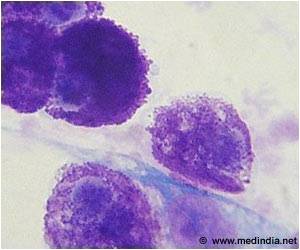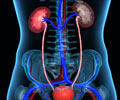
The recently published study shows that when stem cells approach the final phase of their specialisation as neurons, CHD5 begins to be expressed at high levels. CHD5 can reshape the chromatin, in which DNA is packed around proteins, and in so doing either facilitate or obstruct the expression of genes.
Ulrika Nyman, postdoc researcher in Dr Johan Holmberg's research group and one of the main authors of the current study, explains that on switching off CHD5 in the stem cells of mice embryos during the period in which the brain develops and the majority of neurons are formed, they found was that without CHD5, a stem cell is unable to silence the expression of a number of stem cell genes and genes that are actually to be expressed in muscle, blood or intestinal cells.
They also observed an inability in the stem cell to switch on the expression of genes necessary for it to mature into a neuron, leaving it trapped in a stage between stem cell and neuron.
The gene that codes for CHD5 is found on part of chromosome 1 (1p36), which is often lost in tumour cells in a number of cancers, particularly neuroblastoma, a disease that strikes almost only children and which is thought to arise during the development of the peripheral nervous system. Neuroblastoma lacking this section of chromosome and thus also CHD5 are often more aggressive and more rapidly fatal. Treatment with retinoic acid can make immature nerve cells and some neuroblastoma cells mature into specialised nerve cells, but when the researchers prevented neuroblastoma cells from upregulating CHD5, the tumours no longer responded to retinoic acid treatment.
"In the absence of CHD5, neural tumour cells cannot mature into harmless neurons, but continue to divide, making the tumour more malignant and much harder to treat," says Dr Holmberg at the Department of Cell and Molecular Biology. "We now hope to be able to restore the ability to upregulate CHD5 in aggressive tumour cells and make them mature into harmless nerve cells."
Advertisement











